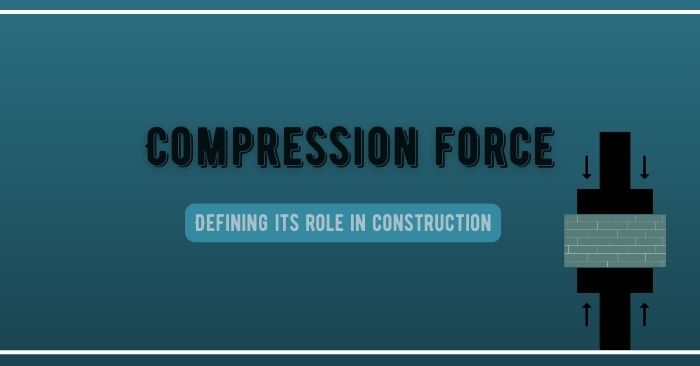Email: [email protected]

In the world of construction, compressive forces are seen all around us. From beams holding up tiles or concrete blocks being the base of structures, there’s a continuous “push” always happening. So, what exactly is compression force, and what are some of the standards needed to ensure the quality of a build?
A compression force is when forces push an object or substance close together. When buildings are constructed, a column is installed to bear the load of materials. Even though the difference is not perceivable, the weight of the substances bearing force on the columns will compress them.
When concrete can withstand compression forces such as heavy loads, this displays its strength and endurance. The compressive force load concrete can withstand is a testament to its quality.
When contractors construct buildings, it’s of high importance concrete columns are of high strength to bear the load of many forces. A failure to do so can be both costly and dangerous.
Typically, the compressive strength of concrete varies between 2500 and 4000 PSI. As a whole, standard buildings often require a compressive strength of at least 10 MPa to 60 MPa (1450 and 8700 PSI) for safety.
Whereas compressive strength withstands forces compressing on an object, tensile strength refers to the resistance of tension. When a wall can withstand high winds and rain, it resists the tension of these forces, meaning it has tensile strength.
When contractors build buildings, they rely on compression force tests to ensure the quality of the building and safety.

Heather and Suki have helped hundreds of clients realize their real estate dreams. At times it is selling the home that has been in the family for many years, or finding a new home that will be the beginning of new family memories. We LOVE what we do and are here to help you reach your happily ever afters.....
Give us a call- let's get started! 973 820 5751